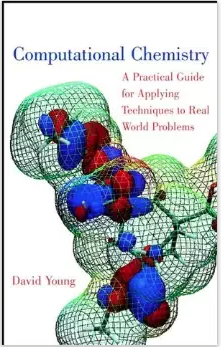
There are a plethora of computational drug design tools. Which are the workhorses? Which are most accurate? Which are techniques of last resort? These are the questions answered by Computational Drug Design.
This book is written for a Ph.D. researcher who is just starting to work on small molecule drug design. It covers a range of computational tools and the role they play in the researcher’s toolbox. Some related experimental techniques are covered in a very minimal fashion to illustrate how they relate to computational work. The discussion of the tools and work flow is based on the structure-based drug design process that is most common in the pharmaceutical industry.
This book focuses on the techniques and underlying assumptions of the model. It does not give instructions on how to use any specific software package.
The book is divided into three sections. Part one discusses the drug design process, and how computational techniques fit alongside experimental techniques. Part two covers computational tools and techniques. Part three discusses related topics, which affect computational drug design work by are usually the domain of other specialists.

The idiom “The Devil is in the details” is well suited to computational chemistry software. How accurate is each technique? What is a convergence failure, and how do I fix it? How long will this calculation take? This book grew out of a series of web articles covering these topics. The discussion and techniques in those web pages were greatly expanded as the book was written.
This book was written to be the one that you reach for when you run into problems using computational chemistry software. It contains lists of ways to handle common problems, prioritized from the best one to try first to methods of last resort. There is also an overview of the theory behind the most common computational chemistry techniques. Although this book does not contain exercises like a classroom text, a number of classes have used it because it is a book the instructor felt the students should own.